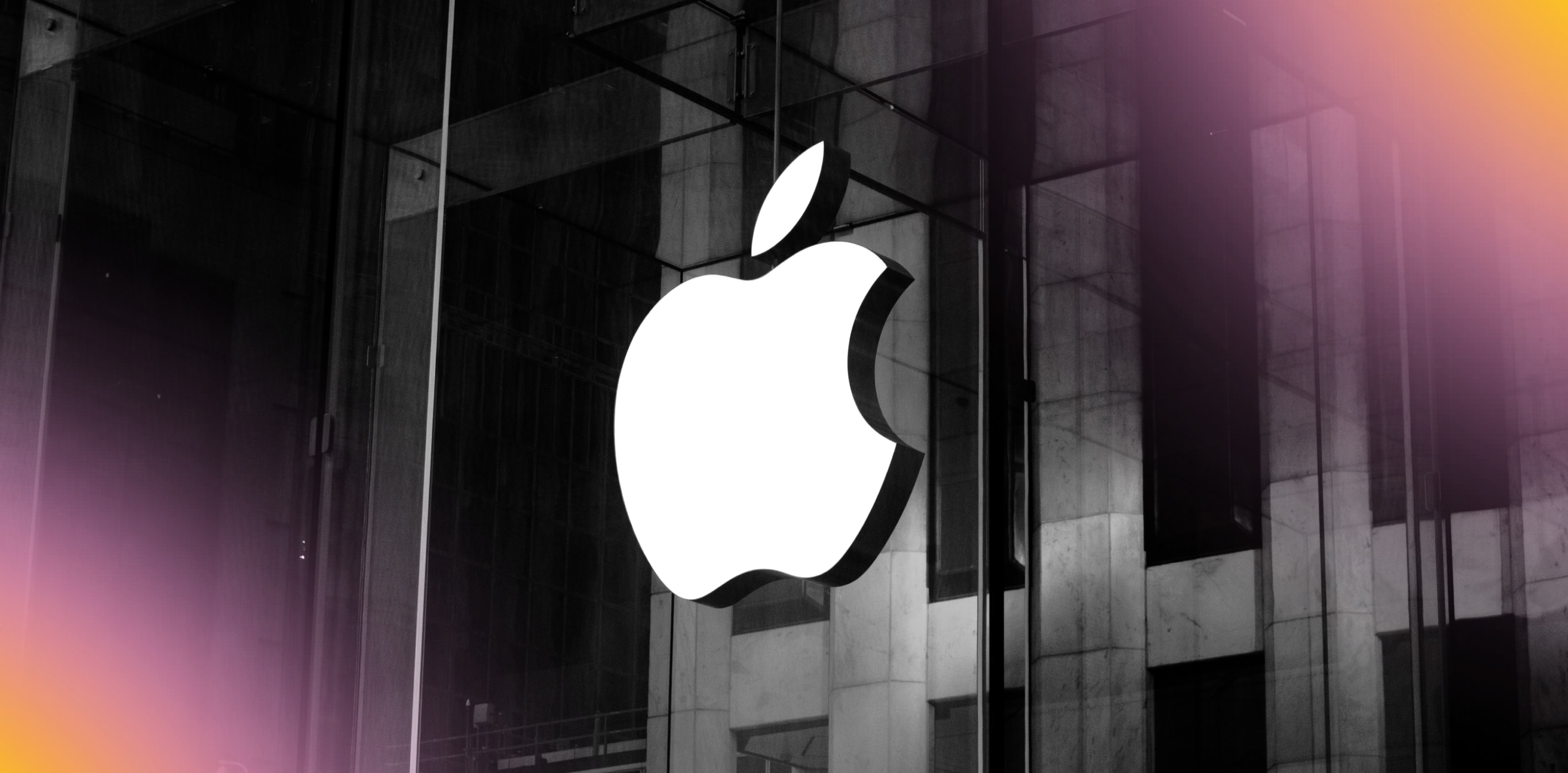It’s said that the best entrepreneurs solve critical problems for their customers. For Thomas Fields, his business journey began by solving one of his own problems.
In 2011, Fields was on the mend from his second ACL tear. This relegated him to working on his shooting accuracy. In practice, this is often a solo activity, but shooting drills are materially enhanced when a player has a rebounder with them. As he waited for a coach to arrive before school one cold winter morning, the wheels started turning in his head. By the time he was stood up by his coach, the idea that would become “GRIND” was starting to come together. “What if I didn’t need a coach to open the gym?” Fields thought. “What if I could bring my own machine?”
That simple question, as it turned out, was the first domino to fall. “I just started sketching a design for a shooting machine that I could’ve used right there at the time,” Fields said. “I got more and more into it until it became an obsession. I knew I had something.”
What developed over the coming years was a blueprint, a prototype and eventually a company. GRIND produces shooting machines that fold into a large duffel bag. In their words, it is the world's first truly portable basketball shooting machine. GRIND is also developing software for the machine so players can track their analytics and even challenge players from all over the world. At its core, GRIND serves as a personal training device, which allows players to stream personal trainers and refine their shooting techniques in real time.
We sat down with Thomas to discuss his journey as an African American entrepreneur, the partnerships he’s made along the way and GRIND’s ambitious future.
As a first-time business owner, what was it like getting GRIND off the ground and what were the hurdles you needed to overcome to make it a reality?
It was really hard in the early-going. I started in the garage, as a self-taught mechanical engineer. My father introduced me to business thinking, but as a blue collar, hard-working guy, he didn’t have an engineering background that I could tap into, nor was there a lot of family money to rely upon. I grew up in a neighborhood that was predominantly filled with single-parent households and I saw that community, over time, become gentrified. And that sparked a mentality in me that I needed to move fast, and I needed to create things in order to take control of my future. I could only really do that by innovating and creating my own future.
So instead of focusing on some of the challenges, I figured I would play the hand I was dealt. I didn’t have a wealthy network that could offer me hundreds of thousands of dollars in seed money, and it wasn’t easy convincing people that a 20-year-old could launch a company selling hardware. So I went about self-funding the company by working part-time jobs, and didn’t dwell on some of the challenges that unfortunately are magnified for minority founders. And that hard work led to meeting tremendous individuals who would become advisors to GRIND and eventually investors in the company. Once that money was in the door and we got our prototype off the ground, we made some real revenue and that very quickly attracted more investors. It was a lot of legwork, but at the end of the day, I think it made me stronger as a person and as a leader.
One of GRIND’s strengths is its branding, which does a tremendous job of connecting with the basketball community via social media. Why do you think people have connected with the company so quickly?
I think a part of it is that GRIND is intentionally design-driven. We focus on what customers want, what problems they’re trying to solve and ultimately what they need to be better basketball players. The basketball community has really responded to that and they’ve been very welcoming to us because they see our clear vision at work.
The truth is, a lot of companies don’t necessarily care about kids if they don’t make it to the NBA. GRIND, on the other hand, deeply cares about kids throughout their journey, whether they make it to that college or pro level. I was a prime example of someone who came from similar neighborhoods and didn’t make it to college. Thankfully, I had a father who guided me on my business path and I put in the work to make it happen.
There are so many that aren’t fortunate enough to have those role models in their lives, literally hundreds of thousands of kids out there that don’t have that guidance in their life. And in our own way, we want GRIND to play a positive role in the lives of these kids.
Our mission and our branding, as a result, tries to tell that story and connect with young people in the basketball community and I think that’s a part of the reason why we’ve been successful in quickly establishing ourselves as a company.
In terms of GRIND’s current tech stack, how difficult is it to work with a handful of providers?
We’ve been fortunate in that we’ve come to work with many quality vendors. That’s provided us with a level of stability that any company would want. I, myself, am a creative “design guy” first and a “tech guy/engineer” second. So as I was piecing together this company, I needed to turn to people and companies with more expertise in their respective fields to succeed. We found folks like Clyde to handle our warranties and protection plans, software companies to handle our email outreach and a separate vendor to handle our website. Because we’re living in an era where there are these resources at your fingertips, all-in-all it’s been pretty smooth and allowed us to focus on our core business.
What’s next for GRIND as you look to venture out beyond the machine itself?
GRIND aspires to be a “Nike” of smart sports equipment. We want to build the kind of brand loyalty that those major brands have, and it all starts with building great products. It’s ultra important for us to make this first product as good as it can possibly be, so that we can use it as a foundation moving forward. Once you have that squared away you can expand the equipment offerings, the technology offerings and move into branded items like apparel. But it has to start with your current customers, making sure you’re giving them a top notch experience and using them to improve the product. If we get that right and really listen to our customers we have a chance to build that brand and expand our product offerings in the right way.
How does GRIND target influencers to help grow their brand in the right way?
Finding the right mix of brand ambassadors or influencers really comes down to the industry you’re working in and, in our case, the basketball community is filled with valuable influencers. Our target demo is in the 12-18 year-old range and that means our audience is living on their phones every day. Social media plays an enormous role in their lives and as a result, they’re looking up to and following influencers and trainers and athletes in a really meaningful way.
Because of our target age demo, the wide reach influencers in our space have with that age group and the ease with which we can become connected to these individuals, we feel as though this a worthwhile place to invest resources for our business.
With that being said, influencers won’t solve all your problems as a company or brand. We certainly don’t want to water down our brand with too many influencers, or run the risk of people only being familiar with our brand via said influencers. We want to have multiple touchpoints with our customers, so that we can maintain a strong identity that we are in control of at all times. For instance, our website and our social media channels allow us to provide an experience around our brand that we control. So at the end of the day, we want our brand to be boosted by an influencer instead of an influencer just happening to mention us alongside other brands. And you can only strike that balance by creating multiple connections with your customers and potential customers.
SIGN UP FOR OUR NEWSLETTER




















